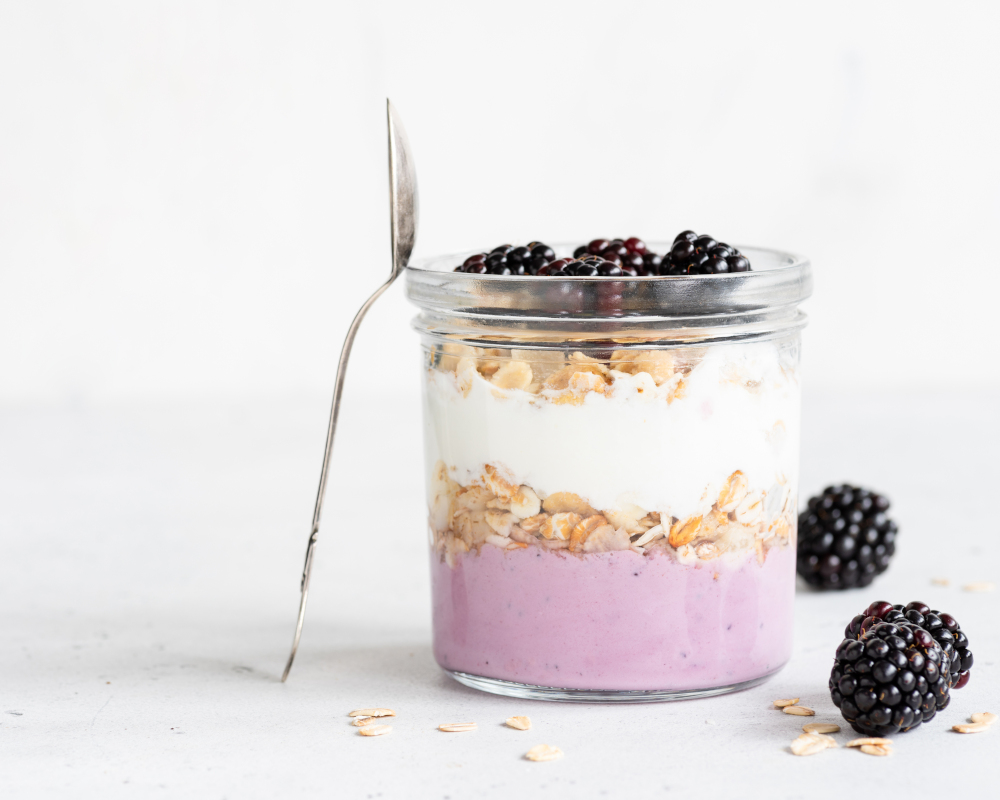grain
/greɪn/
Definition. Noun.
A small, hard seed or seedlike fruit from a plant that is used for food, such as rice or wheat.
grain
/greɪn/
Definition. Noun.
A small, hard seed or seedlike fruit from a plant that is used for food, such as rice or wheat.
Whole grains are nutrient-dense foods, rich in fiber, B vitamins, antioxidants, and beneficial plant compounds. They also contain iron, magnesium, manganese, selenium, and protein. The fiber in whole grains aids digestion and is an important part of a healthy diet.Regularly consuming whole grains that are low in sugar, salt, and fat is associated with better health and lower risk of chronic diseases.

Whole grains have been extensively studied for their health benefits. Some key findings from scientific research:
Whole grains contain all parts of the grain — the bran, germ, and endosperm. Because of this, they are rich in fiber, protein, and other nutrients, and are healthier. They also have a more robust and complex flavor compared to refined grains.
Because of this, there are times when you might prefer refined grains, such as when you’re making a delicate pastry or need a light-textured bread.
Whole wheat. A term for products made specifically from whole wheat, e.g. whole wheat bread.
Whole grain. An umbrella term for products made from any whole grain, e.g. whole grain bread.
Look for the word “whole” on the ingredient list. When buying whole-wheat bread for example, the first ingredient should be whole-wheat flour.
Avoid these traps. “Multigrain”, “7 grain”, and other suggestive words may still be products made mostly with enriched white flour. Also, don’t rely on color – some products contain molasses or other coloring to make the bread brown.
Refined grains have had the bran and germ removed during processing, which give grains a finer texture and increases their shelf life. However, it also removes much of the fiber, protein, and other nutrients.
As the refining process makes them far less nutritious, make sure when buying refined grains that they are enriched.
Enriched grains. These are refined grains that are enriched, which is when nutrients that were lost during the refining process are added back. Generally iron and some B vitamins are added, but not fiber and other nutrients. This means whole grains are still the healthier option.
Fortified grains. This is when nutrients are added that weren’t naturally there, or at higher levels than were present originally.
The word “enriched” or “fortified” will appear on the packaging.
The labeling on grain products is complicated. And according to research almost half of us get it wrong when trying to buy the healthier option.12 So to get an overview, here's a list of the different types of grains and products (but still read the labels!)
Amaranth
Barley
Brown Rice
Buckwheat
Bulgur (Cracked Wheat)
Farro
Flaxseed
Grano
Kamut
Millet
Oats
Popcorn
Quinoa
Rye
Sorghum
Spelt
Teff
Wheat Berries
Whole Wheat
Wild Rice
Whole Grain Flour
Muesli
Oatmeal
Granola
Popcorn
Whole Grain Bread
Whole Grain Breakfast Cereal
Whole Wheat Bread
Whole Wheat Pasta
Whole Grain Cornmeal
Whole Wheat Crackers
White flour
White rice
De-germed cornmeal
De-germed polenta
Semolina
Cornbread
Corn/ flour tortillas
Couscous
Crackers
Noodles
Pretzels
Regular breakfast cereals
(e.g. Cornflakes)
White bread
White Pasta

Whole Grains: When buying whole grains, look for well-packaged products with a tight seal and check the expiration date. Whole grains should be stored in airtight containers, away from light, heat, and moisture to maintain freshness.
Whole grains will keep for up to 6 months in a cool, dry place and up to 1 year in the freezer.13
Whole Grain Flours: These have a shorter shelf life than refined flours, because they contain more oils which are sensitive to air, light, and moisture. Therefore, buy smaller bags of whole grain flour and after purchasing place it in an airtight container or resealable freezer bag and store in a cold, dark area. The less air and moisture, the better. To extend shelf life place flour in the freezer.
Whole grain flour will keep 1 to 3 months in a cool, dry place and 2 – 6 months in the freezer.14
Prep + Cook: Whole grains can be prepared in a variety of ways, including toasting in oil and cooking until tender. The nutritional value of whole grains can be affected by the preparation method. Toasting, for example, enhances the nutty flavor of the grain.
Not all whole grains are the same. Switch it up and add variety to your meals.
The most common type. Made from grasses (and often the product of extensive selective breeding).
Wheat
Rice
Corn
Barley
Oats
Rye
Millet
Sorghum
Bulgur
Wild Rice
Are actually seeds, but are used in much the same way as cereal grains. Rich in protein & gluten free.15
Amaranth
Buckwheat
Chia
Quinoa
Grains that have been largely unchanged over the last thousand years. Tend to be higher in protein, vitamins, and fiber than modern grains.16
Barley
Einkorn
Emmer
Kamut
Millet
Sorghum
Spelt
Teff
The Dietary Guidelines for Americans recommend that all adults eat 6 to 10 ounces, at least half of which are whole grain.
The following examples count as 1 ounce:
The guidelines use the term ounce equivalent (oz-equiv), instead of slice or serving.
| Daily Recommendations17 | |||
|---|---|---|---|
| Total Grains (oz-equiv) | Whole Grains (oz-equiv) | ||
| Women | 19-30 yrs 31-59 yrs 60+ yrs | 6 – 8 5 – 7 5 – 7 | 3 – 4 3 – 3½ 3 – 3½ |
| Men | 19-30 yrs 31-59 yrs 60+ yrs | 8 – 10 7 – 10 6 – 9 | 4 – 5 3½ – 5 3 – 4½ |
Step 1
Step 2
Don’t just say I’ll eat more whole grains. Be more precise. Here’s what to do:
Set Clear and Specific Goals: Instead of setting a vague goal like “eat more whole grains”, set specific goals such starting with eating whole grains at least once a day for breakfast or replacing half of the white rice you eat with brown rice.
Use a Food Diary: Keep track of your whole grain intake by writing down what and how much you eat every day. This can help you understand your eating habits and identify areas for improvement.
Plan Your Meals: Plan your meals for the week ahead and make sure to include whole grains. This can make it easier to stick to your goal.
If you’re not used to eating whole grains, start with small amounts and gradually increase your intake. This can make the transition easier.
Step 3
Here are some recipe ideas to incorporate more whole grains: